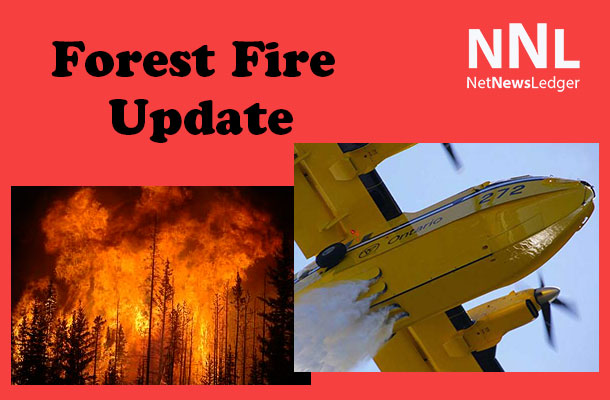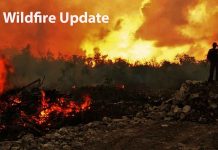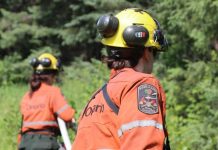 THUNDER BAY – There are 464 personnel from the Ontario Ministry of Natural Resources and Forestry on assignment in Alberta (108), BritishColumbia (223), Parks Canada – Alberta (13) and the Northwest Territories (120) to assist in forest fire management efforts.
THUNDER BAY – There are 464 personnel from the Ontario Ministry of Natural Resources and Forestry on assignment in Alberta (108), BritishColumbia (223), Parks Canada – Alberta (13) and the Northwest Territories (120) to assist in forest fire management efforts.
These personnel are from Aviation, Forest Fire and Emergency Services bases across the province and are FireRanger crews, Incident Management Team (IMT) members as well as specialists in areas such asfire behaviour analysis, liaison and helicopter coordination.
Ontario personnel from the Aviation, Forest Fire and Emergency Services program of the Ontario Ministry of Natural Resources and Forestry traveled to British Columbia to aid in a severe forest fire situation in that province.
In addition to the personnel on fire assignment, Ontario is providing equipment including 400 power pumps, two thousand lengths of hose and one values protection unit to British Columbia and a second values protection unit is scheduled to head there mid-week.
Additional resource moves are scheduled for July 22 including more overhead staff and additional Type 1 crews to British Columbia.
Unsettled weather continues in the Northwest Region of Ontario resulting in a mix of forest fire hazards. Hot, humid conditions combined with clouds and storms are triggering thunderstorms, severe at times. In other locations the forecast is for continued sunshine and drying trends. This will mean that fire hazards will range from low to high. Northeastern sectors of the region have had less rain this season and they may tip into extreme hazards in some locations.
There were no new forest fires reported on July 20 and by the afternoon of July 21, one fire had been reported on an island on Wabigoon Lake in the Dryden District.
Lightning associated with the storm systems that have passed through the region in the past five days may result in lightning-caused forest fires.





